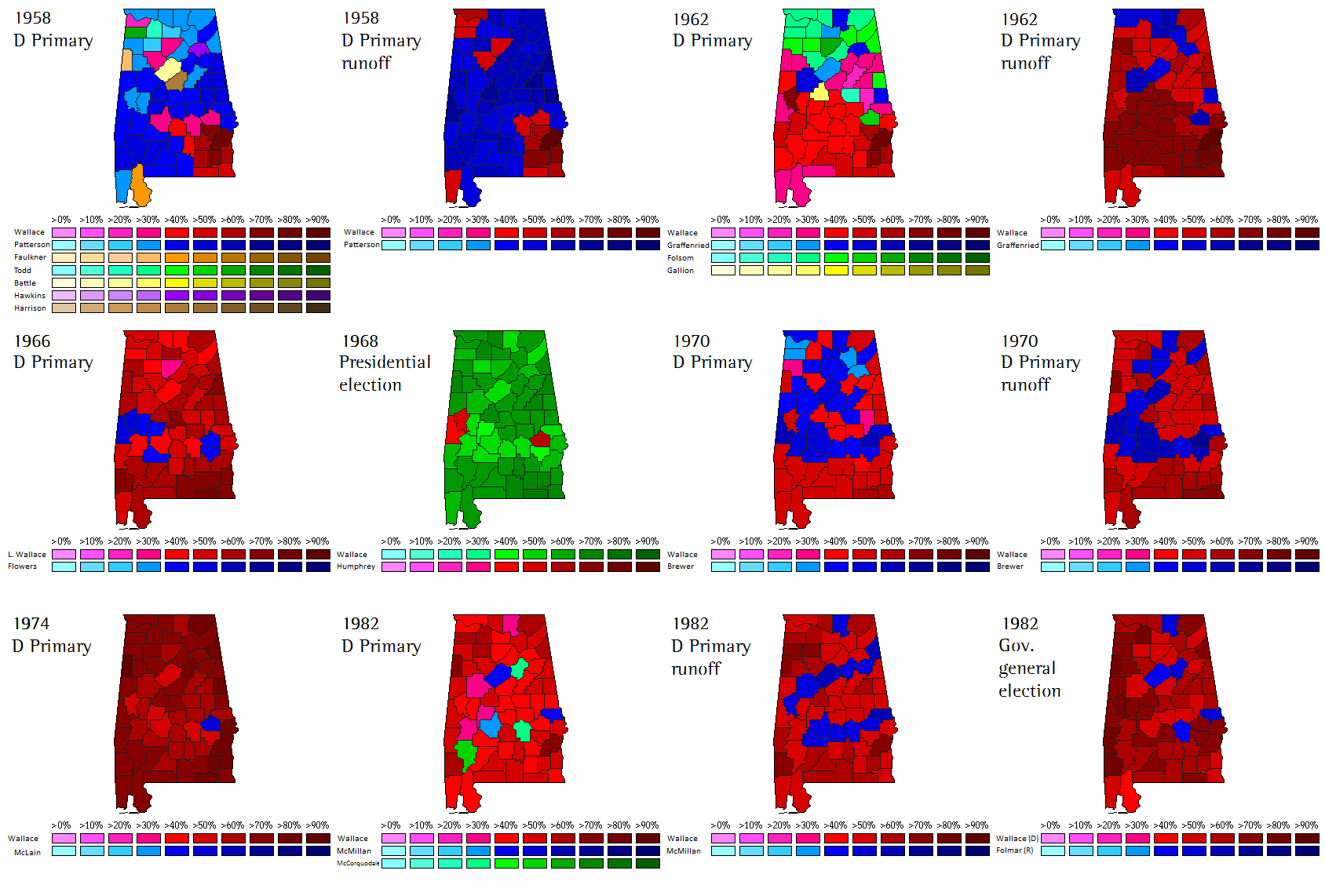I mentioned in my last post that in 1891, a Liberal government was installed with the promise of expanding suffrage. Sure enough, the next year, Minister of the Interior Johannes Tak van Poortvliet introduced a bill that would effectively have implemented universal male suffrage, barring only the illiterate and beggars from the vote. MPs thought this proposal too ambitious, and some critical amendments were adopted, prompting the cabinet to dissolve Parliament and call for a snap election, hoping to win support for the original bill. The whole 1894 election revolved around the suffrage question. The political landscape split into "Takkians", who supported the expansion of suffrage, and "Anti-Takkians", who opposed it. I mapped the election both in terms of parties and in terms of the suffrage question (green representing Takkians and red Anti-Takkians).
While the Liberals retained their majority, Tak's proposal did not manage to win more support, and a more conservative Liberal government took office, still expanding suffrage, but not nearly to the extent proposed by Tak. More interesting, though, is the effect this election had on the party system. As you can see, the suffrage-divide cut right through the Liberal and Anti-Revolutionary parties, causing them to fracture. In addition to the social liberal Radicals (orange on the map), who split off earlier, two other groups split from the Liberals after the election. Some Takkian liberals formed their own parliamentary group, the Progressives, while some more conservative, Anti-Takkian liberals became known as the Free Liberals. The Liberal Union, which had united liberals of different strands for a decade, had now become a rump party. Meanwhile, some of the Anti-Revolutionaries were unhappy about the Christian democratic course of their party, accentuated by its support for Tak's bill, and split off to form the more conservative Free Anti-Revolutionary Party, popular in particular among the nobility.
So tl;dr: expect the next map to have far more colours.





